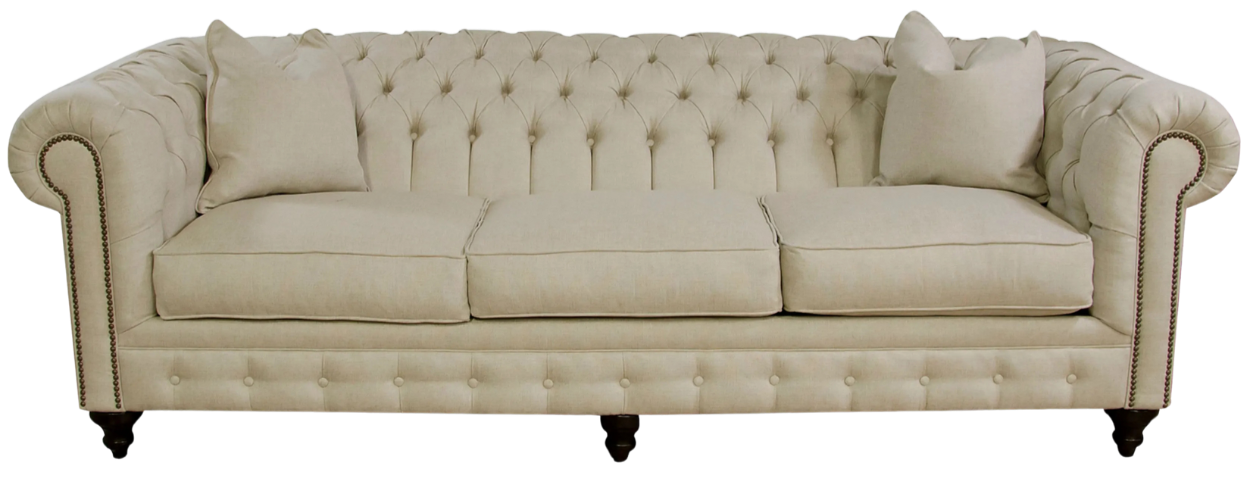Your Cart is Empty
RUGS
FURNITURE
Modern History of Kazak Rugs | Standing the Test of Time

Beginning in ancient times, Kazak rugs have added luxury, prestige, warmth, and comfort to homes. Originally woven with strands of silver and gold, Kazak rugs were, at one point, symbols of status. They were placed in churches, palaces and within homes of the elite class. They were not only used as floor coverings, but they often hung from walls and placed on the throne or at the feet of the king.

Kazak rugs are well-recognized for their striking aesthetic, durability and highly saturated naturally-dyed color tones, and have long been collected for their rugged authenticity. Other styles include the Shirvan, Nahavand, and Hamadan.

Modern History of Kazak Rugs
During the 1980s and 90s, Afghan refugees fled the Taliban regime and settled in Pakistan. This resettlement revived a flourishing weaving tradition within the region which was led by traditional Kazak/Caucasian motifs. However, the colors and designs would evolve as new materials and resources became available.
Colors
Before the resettlement, Afghan weavers only had access to; black, white, gray, and deep red dyes. After the resettlement, additional colors like deep indigo blues, jewel-toned teals, ivories, and the classic rusty reds started showing up in the Kazak rugs. Some say the Afghan weavers were influenced by Pakistani design and others note that the new dyes were the most readily available. Maybe the most accurate answer is a little of both. Whatever the reason, these rich colors are now the staple pieces in modern day Kazak Rugs.
Side Note: Natural vegetable dyes were used during this time period, but in the early 2000’s many weavers switched to synthetic dyes. Many reasons influenced this change, but the most common reasons are increased demand, durability and global warming.

Motifs
Kazak rugs feature distinct design patterns/motifs with geometric composition and tribal characteristics. Common patterns include medallions, rosettes, hooked polygons, diamonds, and crosses as well as representations of animals, birds, trees and humans. If you look closely at these rugs, you will notice that only straight lines are used in the representation of the patterns. This is solely due to the hand-knotted technique used to create the rugs.

What is hand knotted?
Like most Persian and Oriental rugs, Kazak rugs are hand-knotted. Kazak rugs in particular are known for their high knot density. Knot density can be thought of like the megapixels on a television: the higher the pixel, the sharper the image. This is the same with rugs. You can provide sharper turns and more distinctive motifs with a higher knot density.
How does someone produce a hand-knotted rug?
How long does it take?
A single 8x10 Kazak rug requires 9,216,000 knots or 12,288 hours of labor (1,536 8-hour days) for one weaver to complete. Absolutely amazing!
While certain methods and elements have evolved, it’s safe to say that Kazak rugs have withstood the test of time. The striking designs and bold color schemes combined with their durability and hand-weaved quality make Kazak rugs the ideal addition to any home.




